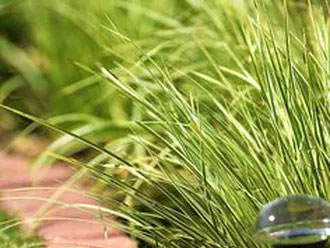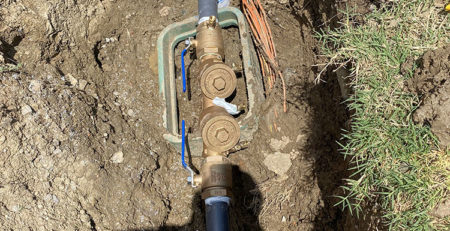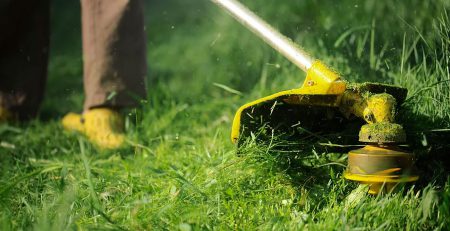How to Adjust Your Sprinkler System for Different Zones in Your Yard
Adjusting your sprinkler system for different zones in your yard is a key step in ensuring your plants get the right amount of water. Different areas of your yard, such as lawns, flower beds, and vegetable gardens, have different watering needs. By setting up zones, you can tailor the water flow to meet the specific needs of each area. Here’s how to adjust your sprinkler system for different zones in your yard.
1. Identify the Different Zones
The first step is to identify the different areas of your yard. For example, you might have a lawn area, flower beds, shrubs, and a vegetable garden. Each of these areas has different watering needs. Lawns generally need more water than flower beds, and vegetable gardens need deep watering for healthy roots.
2. Set Up Separate Zones
Most sprinkler systems allow you to create different zones, each with its own sprinkler heads and settings. For instance, you can set up a zone for the lawn, a zone for the flower beds, and another zone for the vegetable garden. This allows each area to be watered according to its needs.
3. Adjust Watering Time for Each Zone
Once you have your zones set up, adjust the watering time for each one. Lawns typically need to be watered for 20-30 minutes, while flower beds and shrubs usually need less time, about 10-20 minutes. Vegetable gardens often need longer watering sessions, especially during dry periods, to ensure the water reaches the plant roots.
4. Adjust Sprinkler Head Settings
Sprinkler heads come in different types, such as rotating, spray, and drip systems. Lawns often work best with spray heads or rotating sprinkler heads, while flower beds and gardens might benefit from drip irrigation or smaller spray heads to avoid overwatering. Make sure each zone is equipped with the right type of sprinkler head for efficient watering.
5. Use Pressure Regulators
If your sprinkler system has zones with varying pressure needs, use pressure regulators to ensure each zone receives the correct water pressure. Too much pressure can lead to waste, while too little pressure may result in insufficient watering.
6. Check the Watering Schedule
After adjusting your sprinkler system, check the watering schedule. It’s best to water in the early morning or late evening to avoid water loss due to evaporation. Set your timer for each zone according to the time of day and how much water each area needs.
7. Monitor and Adjust
After your system runs, check the different zones to make sure they’re getting the right amount of water. Look for areas that may be getting too much or too little water and make further adjustments to the sprinkler heads or watering time as needed.
By adjusting your sprinkler system for different zones, you’ll ensure each part of your yard gets the right amount of water, leading to healthier plants and a beautiful lawn.




